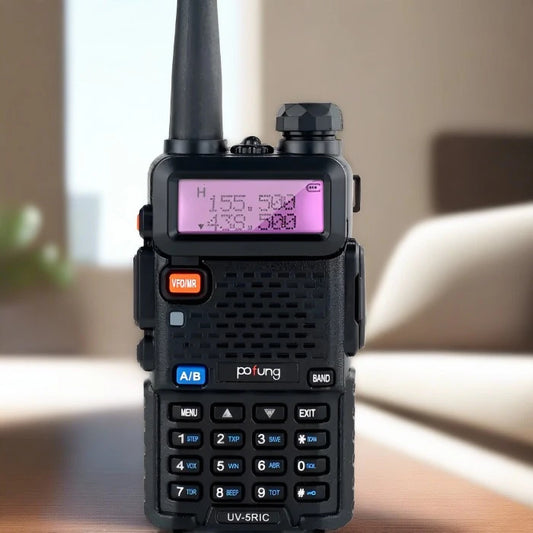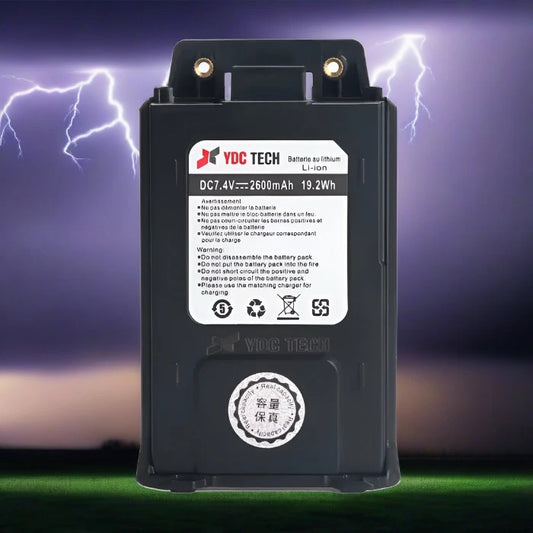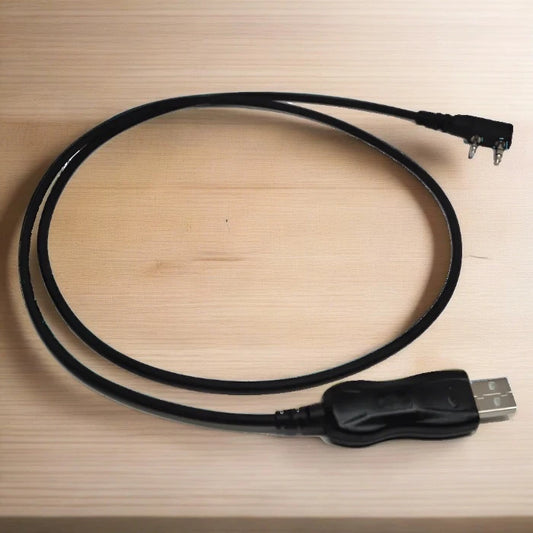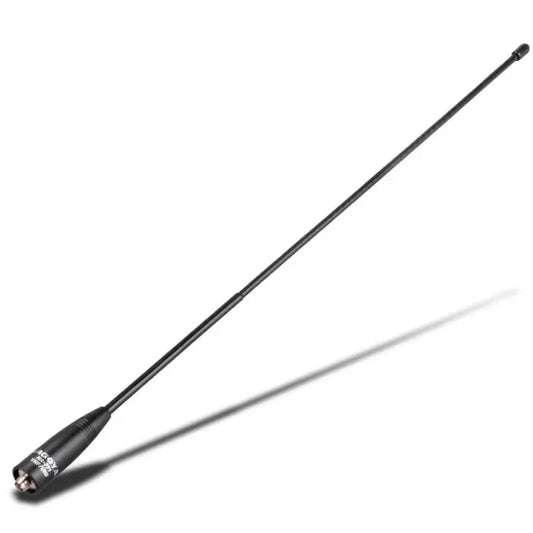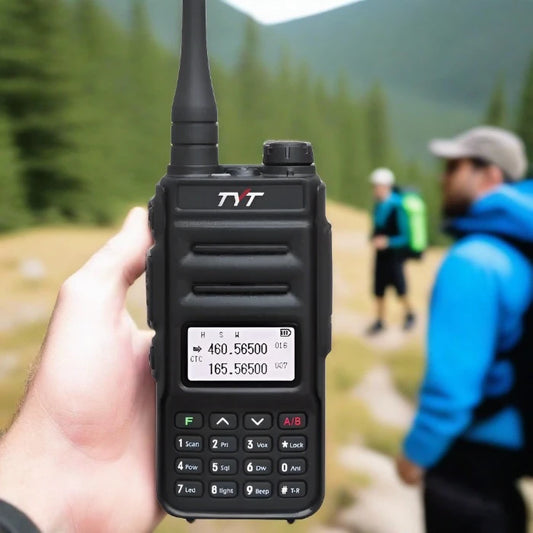Portable Antennas for on the go HF operations
A radio antenna is a basic link in any receiving or transmitting station whether it is used for ham radio, shortwave listening, or for business or professional use. The overall implementation of the radio station depends upon the quality of the radio antenna. A good, tuned, radio antenna will allow the performance of the whole radio communications station to be realized, whereas a poor antenna will degenerate the capabilities of the transmitter or receiver no matter of how good they are.
Radio stations used for professional or commercial applications have a high degree of flexibility and they always site antennas where they will give an optimum level of performance. However, for ham radio fanatics and shortwave listeners, it is necessary to install the best antenna around the house. Very few ham radio operators are able to use a field or other large space, and often the radio antenna will be something of a trade-off. However, by following some regulation, it is possible to make the best of any radio antenna installation and ensure that its performance is as good as it possibly can be. In addition to this, it is worth stating that it is normally necessary to conduct some experimentation to find out what type of radio antenna works best for a given area and mode of radio operation.
Multi-band vertical antennas have always been difficult designs with parts as likely are maligned by the high levels of mismatched during transmission. Before the use of tuners became common, antennas were protected by the same safety mechanisms that protected the rig. Now, the automatic power reduction circuits of the past have actually become a secondary coating of protective circuitry.
Although the auto-tuner provides the ham with a more handy device, as well as protecting the rig's components, the antenna is more exposed than ever. With the press of a button, very high loads can be forced on the antenna. Now, radio hobbyists can take full advantage of the versatility that a tuner used in combination with a multi-band HF vertical antenna can give them. HF verticals are versatile and can deliver both multiband and monoband performance. When used in a multi-vertical array, verticals can even provide low-band directivity.
Getting started in ham radio can be overwhelming. There are a lot choices to make: type of transmissions, type of radio, type of antenna, and so on. There is no one-size-fits-all solution for every ham. Knowing a little bit about what is feasible and how it fits in with your intentions can make the decision-making process a little easier.
Planning
To make the most of every dollar and every square inch available, it is advised to make some important plans up front. Setting goals for entering the ham radio game can inform the decisions for the type of set up and equipment needed.
Potential buyer hams should examine what first enticed them to ham radio. Maybe they are interested in something that another ham already does. Maybe they have found interest in a specific kind of ham radio. Special modes or bands may be captivating, or perhaps a ham may want to assist in emergency operations. All these possibilities will influence the types of equipment a ham needs.
Any ham needs to set up a radio station, often referred to as a radio shack or a ham shack. These sheds are where most of the radio equipment is located and where a ham will spend most of his or her time while on the air. Ham shacks can be in a home, in a car or other vehicle, and even in a portable case, such as a backpack.
Some hams may want to equip their cars as mobile ham shacks. As for these hams, there must be a detailed plan well for a mobile HF antenna, and they also need to get ready to make their own custom vehicle installation, which includes wiring and safety concerns, since there are so many different vehicles makes and models.
However, other hams want a totally portable experience, being able to carry or backpack with their radio equipment. For instances, a ham will determine how the equipment will be carried and what weight restriction it should have. Power supplies are also a major problem, therefore, a good battery pack is important. It is also important to note that portable radios can be more difficult to operate than full-size radios, due to the smaller screens and use of stacked buttons.
In Conclusion, no matter the type of portable antenna you finally settle on, you’ll still want to have a random wire in your shack. The flexibility and low cost make it an easy option. In an emergency, that simple wire may be your only link to the outer world.







